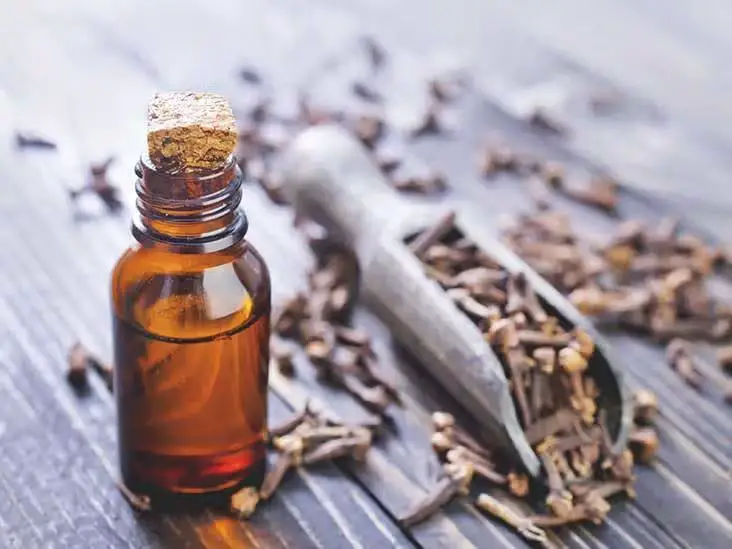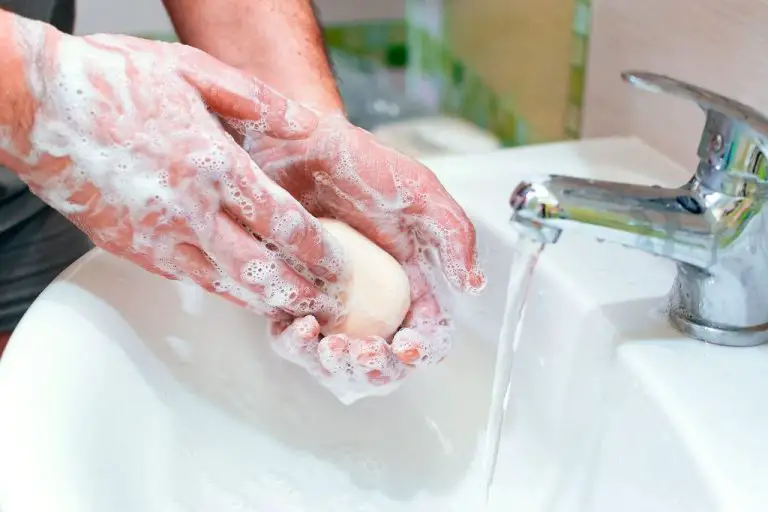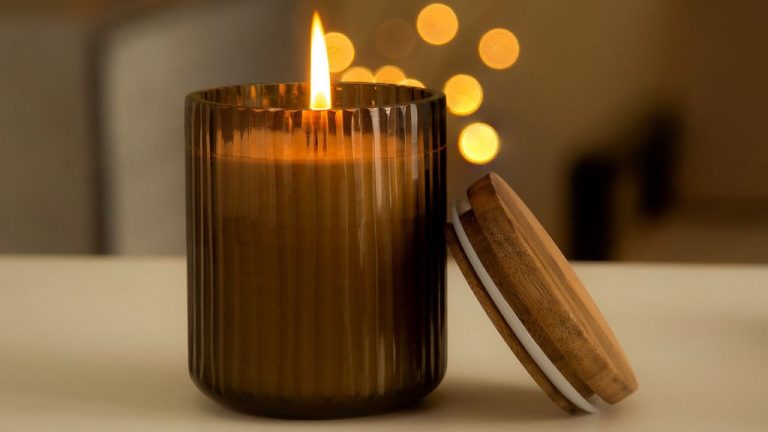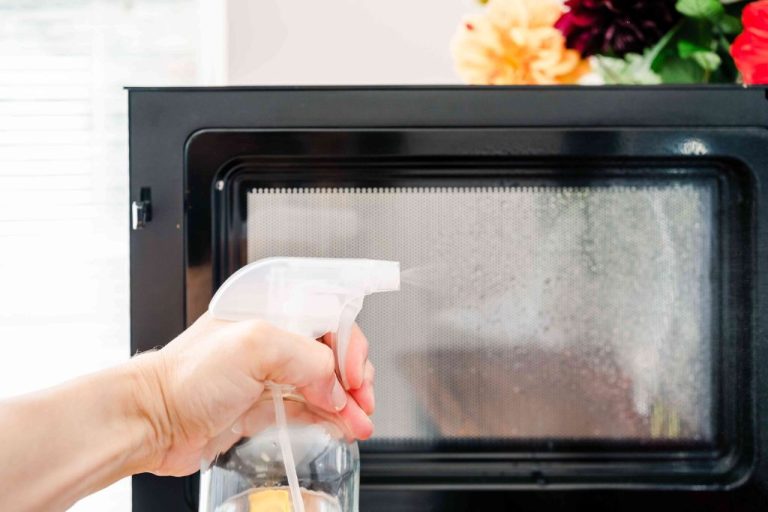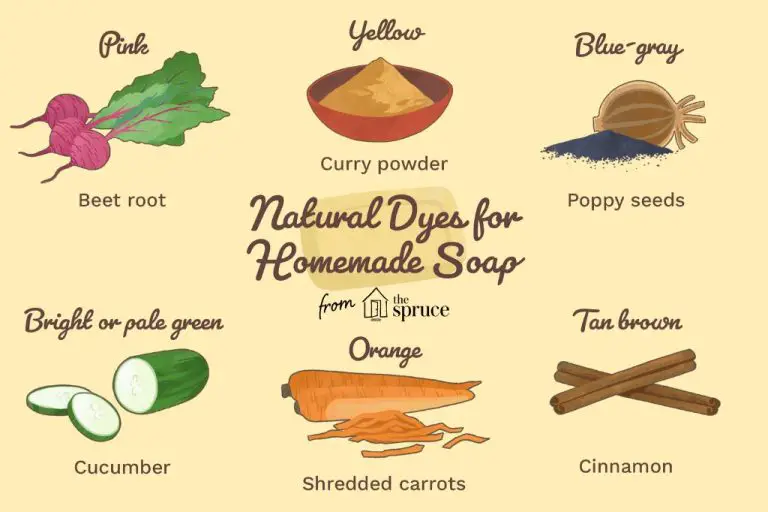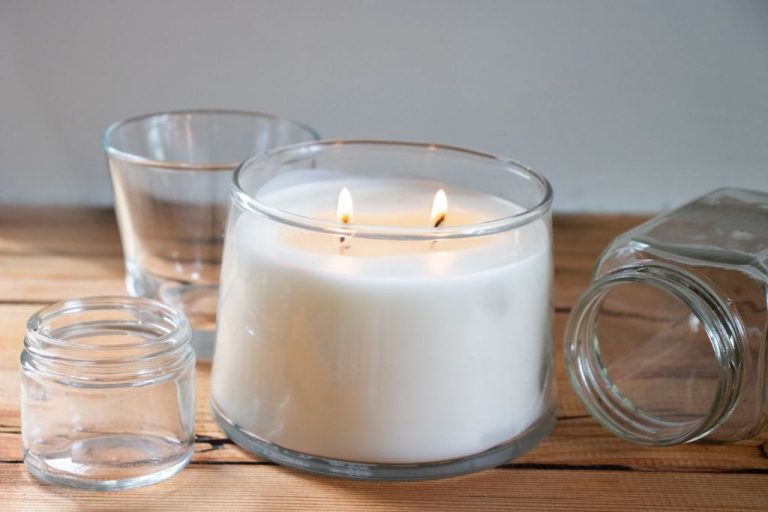How Much Fragrance Do I Add To 100G Of Wax?
Fragrancing wax is an art that requires balancing a number of factors to achieve the perfect scent. Using the right amount of fragrance is critical – too much can lead to an overpowering or chemical smell, while too little may result in no scent at all. Finding the ideal fragrance load for a wax blend is important for candle makers and hobbyists alike who want their creations to have an enticing and consistent aroma.
This guide covers key considerations when adding fragrance to wax, recommended usage rates, troubleshooting tips, and more. With some testing and adjustments, you can master the ratios needed to get your preferred fragrance strength every time.
Purpose of Fragrancing Wax
The primary purpose of adding fragrance to candle wax is to provide a pleasant aroma. Fragrance oils contain concentrated scents that are released into the air as the candle burns, allowing candle makers to achieve nearly any desired scent profile, from fruity and floral to woody and spicy. Fragrances transform an ordinary candle into an olfactory experience through their volatile aromatic compounds.
Another key reason to add fragrance is to mask any undesired odors of the wax or other candle ingredients. Some waxes and oils have faint fatty or waxy scents when unscented. A properly added fragrance covers up these underlying odors to provide a true-to-label scent experience.
Overall, fragrancing wax enables candle makers to create an appealing ambiance and customize scents to suit any preference or occasion.
Factors that Determine Fragrance Amount
There are a few key factors that determine how much fragrance oil you should use when making candles:
Wax Type
The type of wax you use will impact how much fragrance it can hold. For example, paraffin wax can hold more fragrance oil than soy wax. As a general guideline, paraffin wax can hold 12-15% fragrance load, while soy wax holds 6-8%. Beeswax and palm wax also tend to hold less fragrance than paraffin.
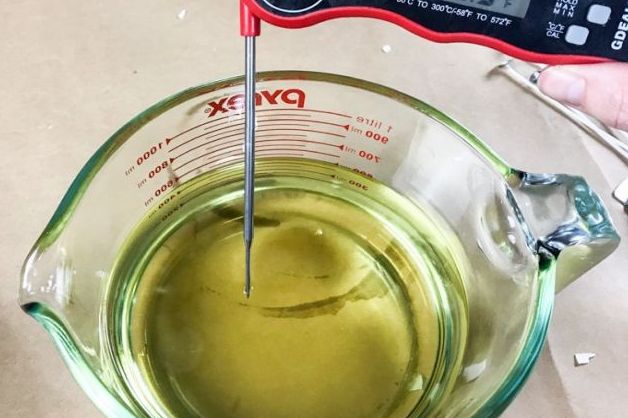
Candle Design
Container candles often use less fragrance oil than pillars or votives. The more exposed surface area a candle has, the more fragrance it will need to achieve adequate scent throw. Votive candles may need 10% or higher fragrance load.
Personal Preference
Ultimately fragrance amount comes down to personal preference for scent strength. If you want a subtle candle, use less fragrance. For a strong aroma, use a higher percentage. Testing different fragrance loads will help determine your ideal amounts.
Recommended Usage Rates
The amount of fragrance oil you add to wax can vary depending on the type of wax used. Here are some general guidelines for common candle waxes:
For paraffin wax, a usage rate of 6-8% is recommended. This equals about 0.6-0.8 ounces of fragrance oil per pound of paraffin wax. Paraffin wax has excellent fragrance throw and retention, allowing higher fragrance loads (Source: https://lonestarcandlesupply.com/fragrance-oils-faq/).
For soy wax, a fragrance load of 8-10% is typically used. This is around 0.8-1 ounce of fragrance oil per pound of soy wax. Soy wax has good scent throw but lower fragrance retention than paraffin, so a slightly higher amount is used (Source: https://support.candlescience.com/hc/en-us/articles/201352174-How-much-fragrance-oil-should-I-add-to-melted-wax).
For beeswax candles, a fragrance load of 3-5% is recommended, or about 0.3-0.5 ounces per pound. Beeswax has a low fragrance load capacity compared to other waxes (Source: https://support.candlescience.com/hc/en-us/articles/201352174-How-much-fragrance-oil-should-I-add-to-melted-wax).
Testing Fragrance Strength
Testing the strength of a fragrance in candles is important to ensure you achieve optimal scent throw. Here is an easy method to test fragrance strength at home:
First, make a small sample candle using the wax, wick, and fragrance oil you plan to use. Make sure to follow the manufacturer’s recommended usage rate for the fragrance oil. Then allow the candle to cure for 1-2 weeks.
Next, trim the wick and burn the candle for 30-60 minutes. Pay attention to how well the scent fills the room as the candle burns. Evaluate the hot and cold scent throw. Hot throw refers to scent strength while burning, and cold throw is how well the scent lingers after blowing out the candle.
If the scent seems weak, next time consider using a higher fragrance load or adding scent boosters. If the scent is overpowering, use less fragrance. Testing will help you find the right balance for your desired scent throw. Adjust the fragrance percentage in small increments until you achieve the optimal intensity.
For more details on testing fragrance strength at home, refer to this article: https://www.brambleberry.com/how-to/candles/art0212-how-to-test-fragrances-in-candles.html
Achieving Optimal Scent Throw
The amount of fragrance needed to achieve optimal scent throw depends on the type of wax used. For soy wax candles, using a higher fragrance load between 6-10% generally results in a stronger scent throw (https://www.candlescience.com/learning/candle-making-101-hot-throw/). The natural properties of soy wax allow it to hold more fragrance oil without sacrificing burn quality.
With natural waxes like beeswax, a lower fragrance load between 3-6% is recommended. Beeswax is very aromatic on its own so does not require as much added fragrance to achieve scent throw. Excessive fragrance can actually mute the natural honey aroma of beeswax candles (https://nightskycandle.com/blogs/news/cold-throw-hot-throw-soy-candles).
The optimal amount of fragrance also depends on the particular scent and personal preference. Testing different fragrance loads with the wax and creating sample candles is the best way to find the ideal amount for your desired scent throw.
Additives to Boost Scent
There are a few different additives that can help boost fragrance in candle wax:
Essential Oils
Adding a small amount of essential oils like lavender, eucalyptus, or lemon can help accentuate a fragrance blend. Essential oils contain natural aromatic compounds that will complement synthetic fragrance oils. According to this source, essential oils should be kept to 1-3% of your wax weight to avoid burning or scent issues.
Scent Boosters
Specialized scent boosters like Vybar 103 can increase fragrance throw in candles. These additives help the fragrance oil better adhere to the wax. Use scent boosters at around 1% of the wax weight for enhanced hot and cold scent throw.
Fragrance Oils
Increasing the amount of fragrance oil itself will make the scent stronger. But be careful not to exceed the recommended amount as too much fragrance can cause issues like scent burning off. A good guideline is 6-10% fragrance oil by weight according to this source.
Common Mistakes When Fragrancing Wax
Some of the most common mistakes when adding fragrance to wax include:
Using too much or too little fragrance – According to candlescience.com, the general usage rate is 6-10% of wax weight, but testing is crucial since ideal amounts vary by wax type and fragrance oil. Too little fragrance results in poor scent throw, while excessive fragrance can lead to issues like weeping or acceleration.
Not testing properly – It’s important to test fragrance in multiple small batches first, as noted on armatagecandlecompany.com. Testing allows you to fine-tune the percentages and find the optimal amount for each particular wax and fragrance blend before scaling up.
Not accounting for wax type – As candlescience highlights, wax type significantly impacts ideal fragrance load. Soy wax usually needs a higher fragrance load around 8-11%, while paraffin and palm waxes often only need 6-8%. It’s important to adjust the amount based on which wax you are using.
Additionally, other common mistakes are not allowing proper cure time, using the wrong wick, and not monitoring the hot and cold throw. Careful testing and adjusting based on results can help avoid these pitfalls.
Troubleshooting
If you notice issues with weak or fading fragrance in your finished candles, there are some troubleshooting steps you can take:
To fix a weak scent, first check that you added an adequate amount of fragrance oil. The recommended usage rate is 6-8% of the wax weight (CandleScience). If the scent is still too light, try increasing the fragrance oil to the maximum recommended level of 10%. Adding more than 10% fragrance can negatively impact burn and scent throw.
Scent fading over time is often caused by fragrance oil volatility – some notes dissipate faster than others. Using an anchoring base note can help ‘anchor’ the scent. Opt for fragrance oils with a higher flashpoint, which indicate lower volatility. Flashpoints above 170°F are ideal (CandleScience).
Prevent fragrance oil burn off by avoiding overheating wax. Heat wax only to the minimum temperature needed for pouring. After pouring, allow candles to cure 1-2 weeks before burning to allow wax and fragrance to stabilize. Trim wicks to 1⁄4” before burning to prevent hot flames that burn off scent (Community Candle Supply).
Conclusion
When adding fragrance to wax, it’s important to keep in mind that there is no universal rule for exact amounts. The ideal fragrance load will depend on the particular wax, fragrance and your personal preferences. However, the general recommended usage rate is 1-2% of the wax weight.
No matter what formula you start with, testing is critical. Make small test batches with different fragrance amounts and evaluate the cold and hot scent throw. Take notes so you can tweak and improve your formula over time.
Don’t be afraid to experiment and find what works best for you. Scent is highly personal, so exploring fragrance loads is part of the fun and art of candle making. With some trial and error, you’ll unlock the perfect combination of wax and fragrance for your ideal candles.
Most of all, trust your nose and work within ranges until you nail down the ideal scent throw. You’ll soon be expertly fragrancing wax and creating candles with gorgeous, long-lasting aromas.

